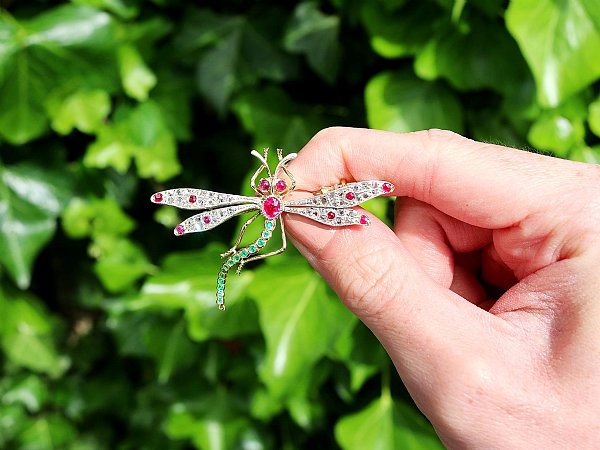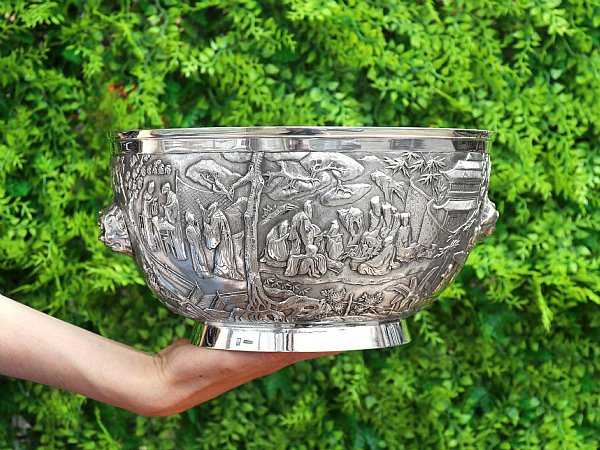Search Results for: '{{searchText}}'
Sorry...
We don't seem to have what you're looking for.
However we do have thousands of magnificent pieces of silver and jewellery available for you to view online. Browse our store using one of these categories.
Please wait for loading data... 
Browse these categories under "Insect Jewellery"
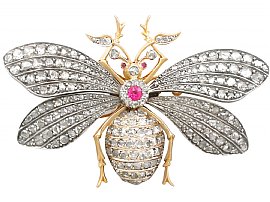
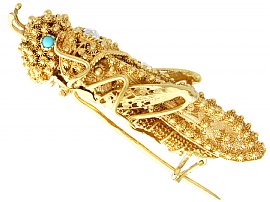
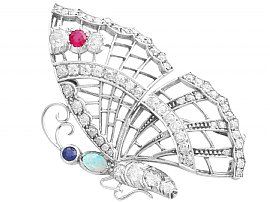
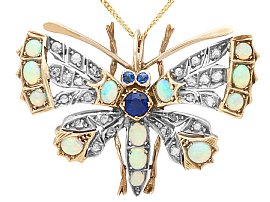

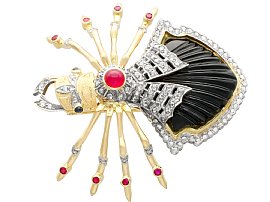
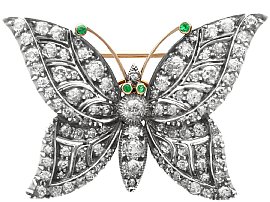
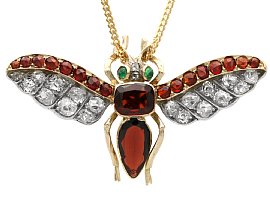
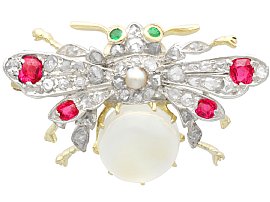
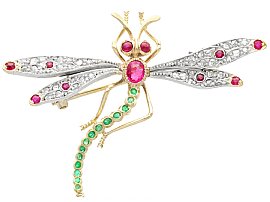

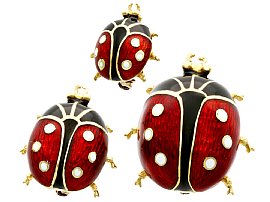

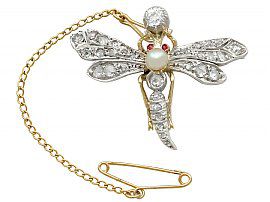

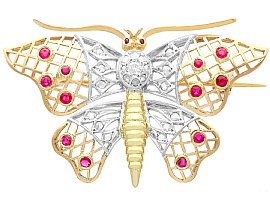
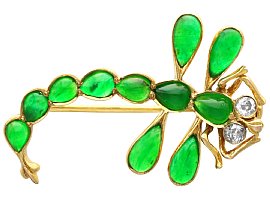
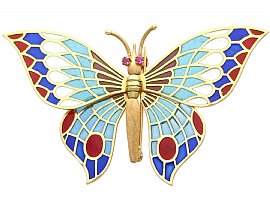
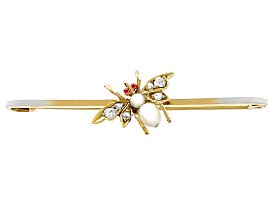
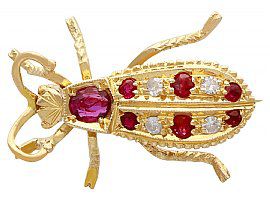
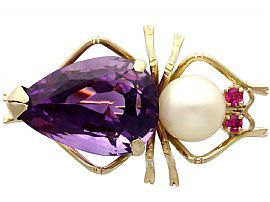
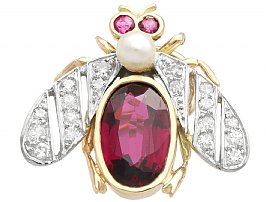
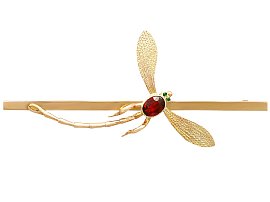
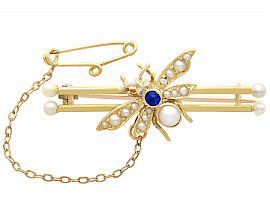
3.11 ct Diamond and Synthetic Ruby, 15 ct Yellow Gold Insect Brooch - Antique Victorian
Price: GBP £7,645.00Turquoise and 0.27ct Diamond, 14ct Yellow Gold Grasshopper Brooch - Antique French Circa 1835
Price: GBP £5,950.00Vintage Opal, Ruby, Sapphire Diamond Butterfly Brooch
Price: GBP £5,225.001.91ct Opal, 0.88ct Diamond and 0.54ct Sapphire, Silver Set Butterfly Pendant/Brooch - Antique Circa 1880
Price: GBP £4,950.00Vintage Plique-a-Jour Bug Brooch with Gemstones
Price: GBP £4,950.002.75ct Diamond, 0.87ct Ruby, Sapphire and Onyx, 18ct Yellow Gold Scarab Beetle Brooch - Vintage Circa 1950
Price: GBP £4,950.003.88 ct Diamond and Emerald, 9 ct Yellow Gold Butterfly Brooch - Antique Circa 1910
Price: GBP £4,950.002.13ct Garnet, 1.50ct Diamond and Emerald, Yellow Gold Insect Pendant/Brooch
Price: GBP £4,450.00Antique 3.10ct Moonstone Ruby Emerald Diamond and Pearl Yellow Gold Bug Brooch
Price: GBP £3,950.00Antique Dragonfly Brooch with Emeralds, Rubies and Diamonds in 18ct Yellow Gold
Price: GBP £3,950.000.60ct Turquoise, 0.28ct Diamond and Ruby, 18ct Yellow Gold Bug Brooch - Antique Circa 1895
Price: GBP £2,950.00Enamel and 18ct Yellow Gold Ladybird Brooches - Vintage 1980
Price: GBP £2,950.00Antique Cultured Pearl and Diamond Spider Brooch
Price: GBP £2,950.001.30ct Diamond and Pearl, Ruby and 9ct Yellow Gold 'Dragonfly' Brooch - Antique Victorian
Price: GBP £2,695.00Victorian Mabe Pearl and Diamond, 15ct Yellow Gold Beetle Brooch
Price: GBP £2,450.00Synthetic Ruby and 0.28ct Diamond and 18ct Yellow Gold Butterfly Brooch - Antique Circa 1940
Price: GBP £2,250.001.95ct Chrysoprase and Diamond Dragonfly Brooch in 15ct Yellow Gold
Price: GBP £2,250.00Plique-a-Jour and Ruby, 18ct Yellow Gold Butterfly Brooch - Vintage Spanish Circa 1970
Price: GBP £1,995.000.15ct Diamond and Ruby, Pearl and 12ct Yellow Gold 'Insect' Bar Brooch - Antique Circa 1890
Price: GBP £1,755.000.43ct Ruby and Diamond, 18ct Yellow Gold 'Insect' Brooch - Vintage Circa 1990
Price: GBP £1,535.0012.39 ct Amethyst, Pearl and Ruby, 14 ct Yellow Gold Insect Brooch - Vintage Circa 1960
Price: GBP £1,495.002.31ct Garnet, 0.30 ct Diamond, Ruby and Pearl, 9 ct Yellow Gold Insect Buttonhole Brooch - Antique Circa 1920
Price: GBP £1,495.000.69 ct Emerald and Garnet, 9 ct Yellow Gold Dragonfly Brooch - Antique Victorian
Price: GBP £1,205.00Sapphire and Diamond, Pearl and 15ct Yellow Gold 'Insect' Brooch - Antique Victorian
Price: GBP £1,205.00